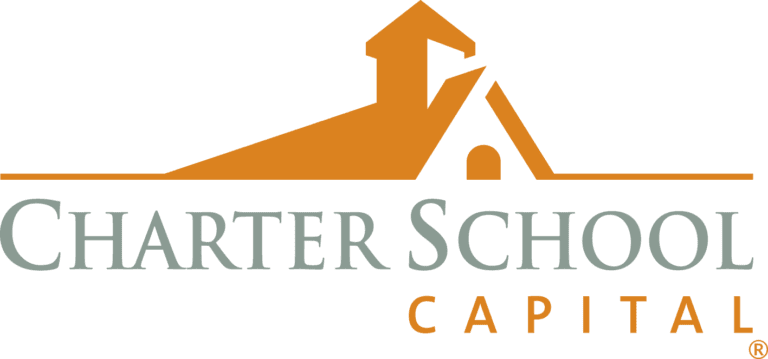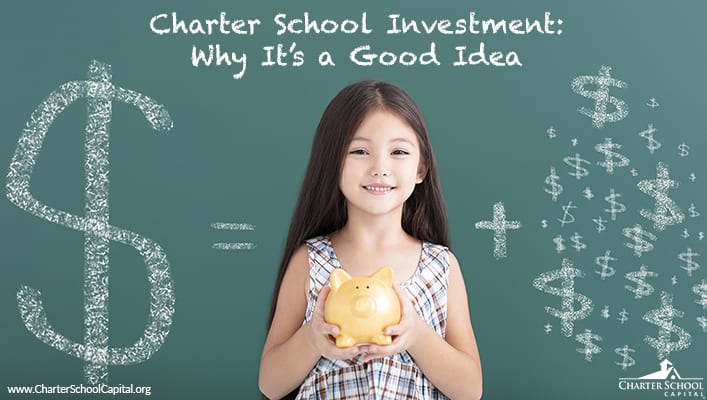Charter School Investment: Why It’s a Good Idea
Editor’s Note: This article was originally published here on April 4, 2019 by The National Alliance for Public Charter Schools and was written by Nathan Barrett, Ph.D, the senior director of research and evaluation at the National Alliance for Public Charter Schools. The study conducted by the University of Arkansas shows charter school investment is a good bet due to their growth trajectory, academic performance, cost-effectiveness, and return-on-investment comparisons across public charter and traditional public schools.
We think it’s vital to keep tabs on the pulse of all things related to charter schools, including informational resources, and how to support school choice, charter school growth, and the advancement of the charter school movement as a whole. We hope you find this—and any other article we curate—both interesting and valuable.
Why Investing in Charter Schools is a Good Idea
A recent study released by researchers at the University of Arkansas, A Good Investment: The Updated Productivity of Public Charter Schools in Eight U.S. Cities, provides key insights into cost-effectiveness and return-on-investment comparisons across public charter and traditional public schools.
The authors highlight the fact that, on average, charter schools have a positive effect on student achievement and ask what these effects mean in the context of potential resource disparities across sectors. The study looks at charter schools in eight cities (Atlanta, Boston, Denver, Houston, Indianapolis, New York City, San Antonio, and the District of Columbia) and found that charter schools outperform traditional public schools on both cost metrics—overall and for in each of the eight cities.
Per-Pupil Revenue is Well-Spent in Public Charter Schools
Researchers calculated the cost-effectiveness of public charter and traditional public schools using math and reading test scores—specifically National Assessment of Educational Progress (NAEP) scores—compared to cities’ per-pupil revenue to determine how effectively each sector was able to impact student achievement per $1,000.
- In all eight cities, public charter schools outperform traditional public schools in both math and reading cost-effectiveness.
- The public charter school sector delivers a cross-city average of an additional 5.20 NAEP points per $1,000 funded in reading, representing a productivity advantage of 36 percent for charter schools.
- The cost-effectiveness advantage for charter schools compared to TPS regarding NAEP reading scores ranges across the cities from 5 percent (Houston) to 96 percent (Atlanta).
- The cost-effectiveness for charter schools compared to TPS in terms of NAEP math scores ranges from 5 percent (Houston) to 95 percent (Atlanta).
Return on Investment in Public Charter Schools
When the researchers compared the return-on-investment (ROI) of dollars spent on students in public charter schools and traditional district schools, charter schools came out ahead for both student achievement and lifetime earnings—concluding that public charter schools in these eight U.S. cities are a good public investment in terms of the comparative amount of student achievement they produce for the funding they receive.
- In all eight cities, public charter schools outperform traditional public schools in standardized test scores despite receiving less funding per pupil.
- On average, each dollar invested in a child’s K-12 schooling in traditional public schools yields $4.41 in lifetime earnings compared to $6.37 in lifetime earnings from each dollar invested in a child in public charter schools—a 45 percent advantage for students in public charter schools.
- A student who attends a public charter school rather than a traditional public school for their entire K-12 education ranges from 7 percent (Houston) to 102 percent (Atlanta).
These results are promising but it should be noted that this study is purely descriptive and, while the study uses a fairly representative sample of charter sectors from across the country, more work needs to be done to analyze these patterns in other areas. Nonetheless, this provides compelling evidence that charter schools are delivering more for our students with less resources.
 Since the company’s inception in 2007, Charter School Capital has been committed to the success of charter schools. We help schools access, leverage, and sustain the resources charter schools need to thrive, allowing them to focus on what matters most – educating students. Our depth of experience working with charter school leaders and our knowledge of how to address charter school financial and operational needs have allowed us to provide over $1.8 billion in support of 600 charter schools that have educated over 1,027,000 students across the country. For more information on how we can support your charter school, contact us. We’d love to work with you!
Since the company’s inception in 2007, Charter School Capital has been committed to the success of charter schools. We help schools access, leverage, and sustain the resources charter schools need to thrive, allowing them to focus on what matters most – educating students. Our depth of experience working with charter school leaders and our knowledge of how to address charter school financial and operational needs have allowed us to provide over $1.8 billion in support of 600 charter schools that have educated over 1,027,000 students across the country. For more information on how we can support your charter school, contact us. We’d love to work with you!
